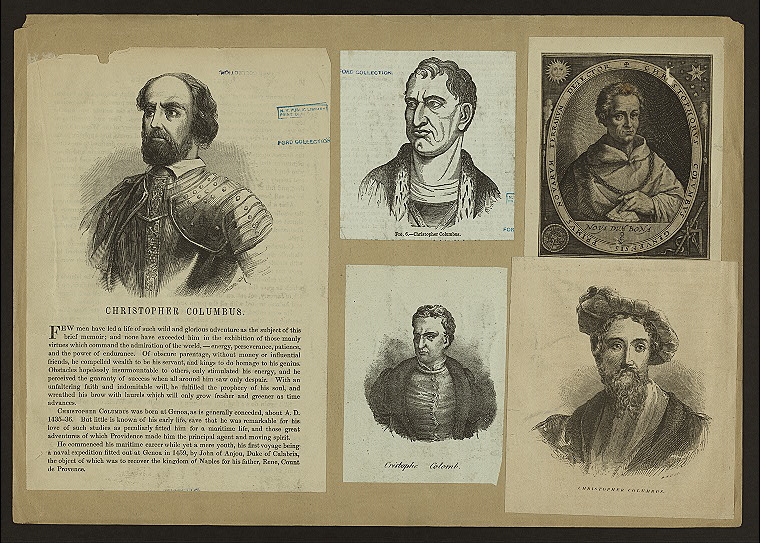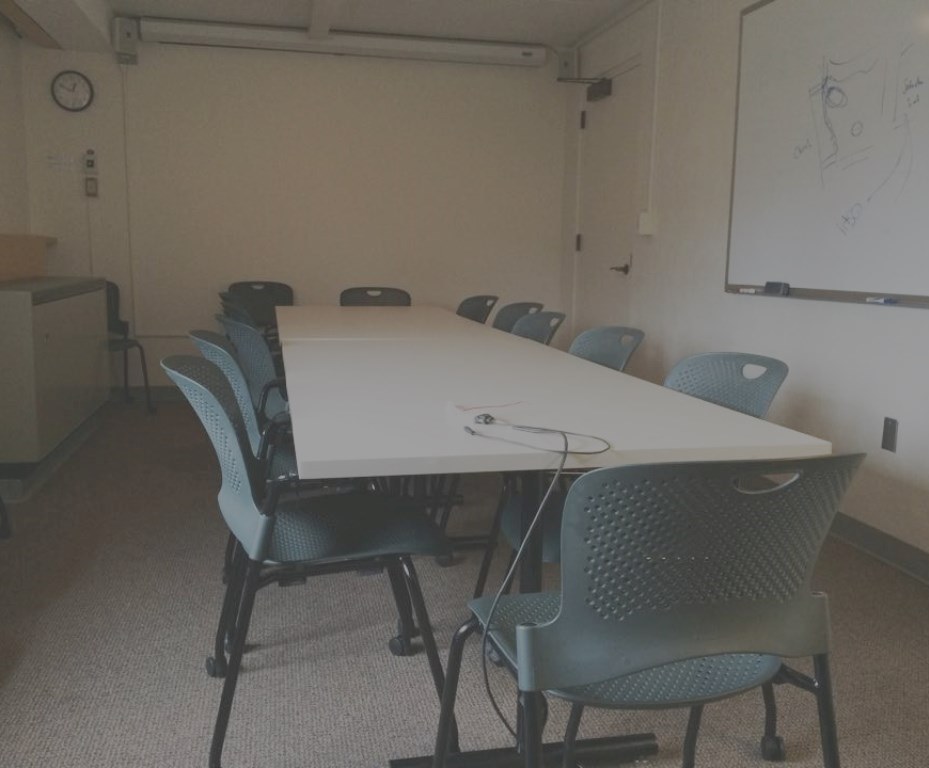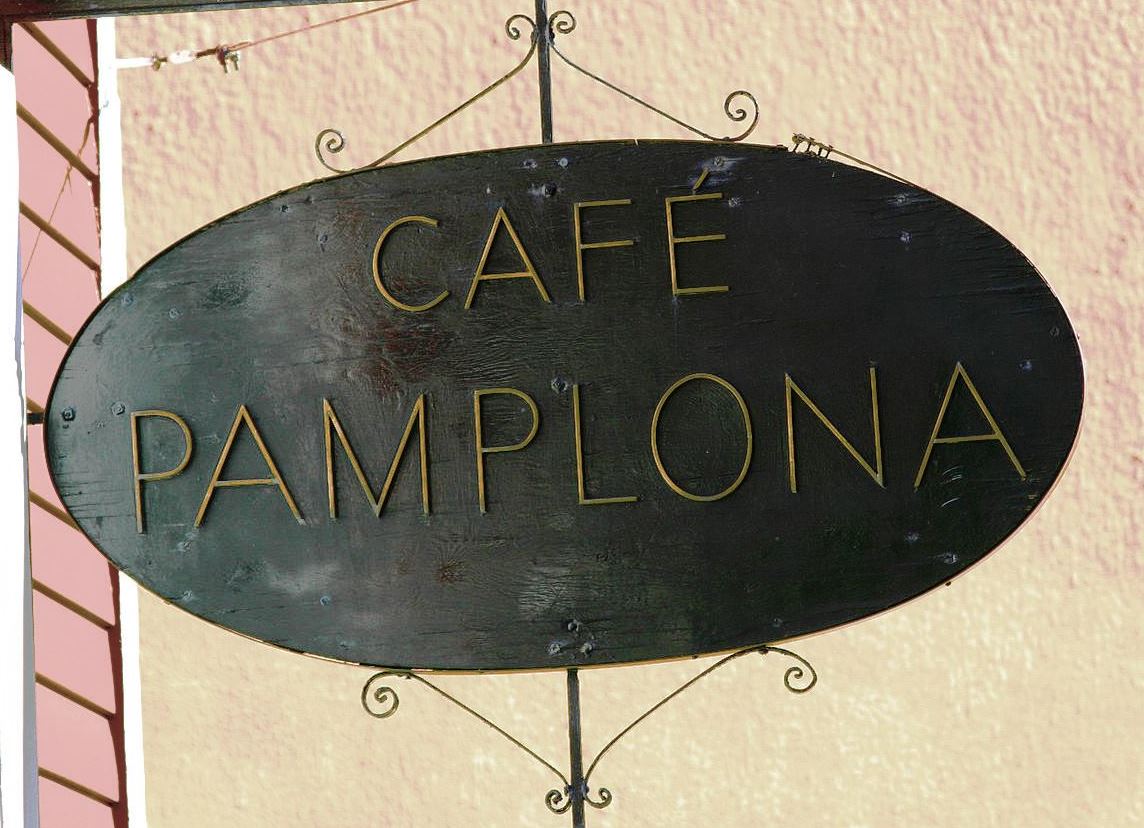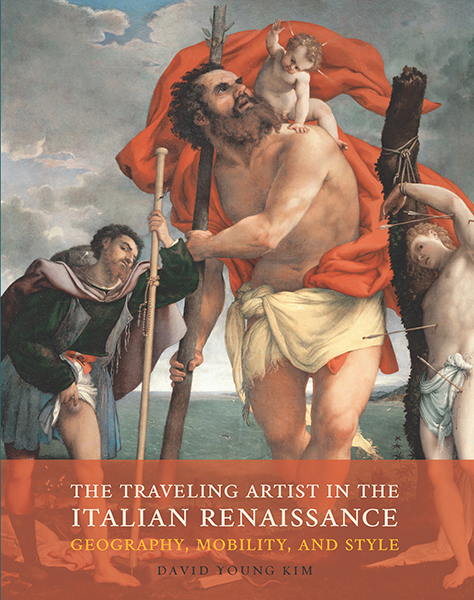Location, location, location: David Young Kim on traveling Renaissance artists
David Young Kim–
 Along with the presidents’ names, and birds and flowers of the fifty states (or at least some of them), schoolchildren in classrooms around the United States once recited a rhyme about the so-called “Discovery of America:” “In the year fourteen hundred ninety-two / Columbus sailed the ocean blue.” We are now skeptical, and rightly so, about the assumptions of triumphalist discovery that underpin this seemingly innocent couplet. We might also ask: in the era known as the Renaissance, did the historical event of mobility only involve such protagonists as Columbus, Amerigo Vespucci, or Hernán Cortés reaching the Western shores of the Atlantic? Surely not. Merchants, bankers, ambassadors, and pilgrims were among the many individuals who experienced physical movement and confrontation with the foreign as they traveled on the footpaths and waterways of the European continent. And included within the ranks of mobile persons were artists. Be it Leonardo traveling from Florence to Milan, Michelangelo in Bologna, or Titian in Rome, mobility was a significant factor in the careers and biographies of many, if not the majority of, Renaissance artists.
Along with the presidents’ names, and birds and flowers of the fifty states (or at least some of them), schoolchildren in classrooms around the United States once recited a rhyme about the so-called “Discovery of America:” “In the year fourteen hundred ninety-two / Columbus sailed the ocean blue.” We are now skeptical, and rightly so, about the assumptions of triumphalist discovery that underpin this seemingly innocent couplet. We might also ask: in the era known as the Renaissance, did the historical event of mobility only involve such protagonists as Columbus, Amerigo Vespucci, or Hernán Cortés reaching the Western shores of the Atlantic? Surely not. Merchants, bankers, ambassadors, and pilgrims were among the many individuals who experienced physical movement and confrontation with the foreign as they traveled on the footpaths and waterways of the European continent. And included within the ranks of mobile persons were artists. Be it Leonardo traveling from Florence to Milan, Michelangelo in Bologna, or Titian in Rome, mobility was a significant factor in the careers and biographies of many, if not the majority of, Renaissance artists.
While the phenomenon of artistic mobility in the fifteenth and sixteenth centuries seems obvious, writing a book about the topic in the field of Italian Renaissance studies can be formidable. Focus on a single artist or region, rather than the interactions between various artists and regions, has largely been the norm. The great historian Peter Brown recounted that he was told as a student to pick a bishop for his dissertation on medieval Christianity (“Everyone, you know, should have a bishop,” his professor told him). So too in my world, we tend to pick—or are required to identify ourselves with—one painter, region, one city, even one chapel. Are you a Florence person? (“Overdone, but a solid choice.”) A Venice person? (“Beautiful, but how large is your stipend?”) Or a Naples person? (“Good luck.”) Yet despite the regional straightjackets we wear as scholars, we also know that the “Renaissance” was an era during which artists were on the go for a variety of reasons: to execute commissions, study antique ruins, flee political turbulence, or sometimes to satisfy their curiosity. Would it not be possible, I asked myself, to think of artists not only in terms of a single city or a single commission, but rather to imagine them on the road? What would an account look like that saw the seemingly fixed variable of place as an ever-changing backdrop?
In the end, however, I did begin with one artist around which these questions coalesced—and to hedge my bets, I took a chance on one artist with an auspicious last name: Lorenzo Lotto. Although born in Venice c. 1480, Lotto led a largely peripatetic life, traveling to towns in the Veneto, Lombardy, Rome, the Papal States, Adriatic Coast, with intermittent trips back to his homeland in the Venetian lagoon. As the scholar of Renaissance art Peter Humfrey has put it, “Lotto’s extensive travels in the Italian peninsula meant that he had a wider experience of different pictorial cultures than did the majority of his Venetian colleagues.” And yet, Lotto wasn’t Raphael, Michelangelo, or Leonardo. In the midst of writing, I was told by a prominent scholar that I should discard Lotto and have the guts instead to work on one of the aforementioned “big three.” (I hesitated, considering for a brief moment writing on Michelangelo and the rocky landscape of Carrara mountains. Hiking, however, was not among the skills I wished to develop.)
But after reading Bernard Berenson’s monograph on Lotto and seeing that Daniel Arasse, one of my art historical heroes, also wrote on the artist, I realized that Lotto was certainly enough of a challenge. And during one lunch at Café Pamplona, a cramped underground café in Cambridge, James Ackerman, the great scholar of Michelangelo and Palladio, assured me in his typical avuncular fashion that Lotto was “big enough.”
To track Lotto’s travels, I dutifully spent summers sitting on the blue vinyl seats on Trenitalia regional trains (driving stick shift in Italy was another skill I had not acquired), traveling to towns I had never seen in art history textbooks, places such as Jesi, Monte San Giusto, and Recanati. In following Lotto’s footsteps (albeit in train compartments), I hoped to identify a logic or pattern to Lotto’s way of working according to a place; or if not a logic or pattern, then a spectrum of approaches that would account for how his changes in style might correlate with his frequent changes in place. Lotto’s manner of painting was for me like a chameleon or collage—sometimes appearing like Raphael, other times reverting to the style of Bellini and Viviarini, other times incorporating Flemish motifs, the smokiness of Leonardo, or the monumentality of central Italian art. I realized that Lotto was not Raphael, Leonardo, or Michelangelo—he was, in fact, all of them put together, and perhaps more.

I eventually settled down to begin to begin to write—I remember distinctly that I spent one late summer afternoon in an empty classroom, room 406, in the Sackler Museum, staring at slides of Lotto’s paintings I’d borrowed from visual collections. The slide fell and clicked—but how to begin? A professor, walking down the hall to her office on the same floor, happened to see me with these projections—I had left the door open for some air. After glancing at some images with me, she remarked: “Great material—but how do you talk about it?” I gradually became aware that more pressing than a monograph on Lotto as a traveling artist was a more comprehensive reflection on the causality between mobility and stylistic change in Renaissance art. I shifted my focus from Lotto (though I begin with him as a case study) to one of the building blocks of the art historical enterprise, namely the concept of “influence” as it pertains to mobility. And to realize this shift, I redirected my attention to Giorgio Vasari, the sixteenth century author of the Lives, widely recognized as art history’s foundational text. This multivolume work, approaching the length of the King James Bible and containing over 160 biographies of artists, established the standard monographic approach that understands an artist’s oeuvre through key life events—birth, training, princely patronage, and death. To Vasari’s texts I posed the following questions: How does mobility and stylistic “influence” become figured in the early modern imagination? “Influence” was most often an astrological concept dealing with the vertical relationship between the heavens and beings on earth. What, then, were the historically specific terms exploited to describe the horizontal relationship between an artist’s mobility across space and his artistic practice? How would such a lexicon inform our understanding or, simply put, our looking at works of art?
In the book, I took a vertical cut through the art literature and art of the Renaissance and early Baroque, attempting to unravel that beguiling connection between travel and transformation. Mobility seemed to displace an artist from one place and put him in the world, thus compelling writers on art to reimagine that encounter and engage in “world-making” in the widest possible sense. Writing and rewriting those eight chapters on Vasari (and other artists and writers on art) opened up, at least for me, the often overlooked connections between art literature and such fields as astrology, geography, medicine, and religious allegory. Mobility facilitates traffic in words, and thereby ideas between art literature and the liberal arts. But more than this transdisciplinary engagement, what I gained from writing this book was the confidence to speak about works of art without becoming paralyzed by feelings of cultural relativism—how can one know anything about the past, I often asked myself, imprisoned as we are in our culturally and historically distant vantage point? Doubt and uncertainty have not completely abated, perhaps for the good. But spending years with the sources exposes one to period words, images, and concepts, such that one develops an instinct, I think, for the probable (and, more importantly, improbable) modes of thinking in a particular era. One becomes aware that writing on works of art is an exercise of judgment, not just for thinkers of the past, but for us today. And along with this perspective, one gains an increased respect for writers in the past, and by extension, one’s colleagues today who are working to bridge the chasm between artist and source, image and word, there and here.
David Young Kim is Assistant Professor in the Department of History of Art at Penn. He is the author of the new book The Traveling Artist in the Italian Renaissance: Geography, Mobility, and Style.



























